Written by: Shaunda Deven, Blockworks Research Analyst
Translated by: Yuliya, PANews
In the past 20 days, the supply of Ethena's decentralized stablecoin USDe has increased by about $3.7 billion, mainly driven by the Pendle-Aave PT-USDe looping strategy. Currently, Pendle has locked approximately $4.3 billion (60% of the total USDe supply), and Aave has around $3 billion in deposits. This article will break down the PT looping mechanism, growth drivers, and potential risks.
Core mechanism of USDe and yield volatility
USDe is a decentralized stablecoin pegged to the US dollar, and its price anchoring does not rely on traditional fiat or crypto asset collateral but is achieved through delta-neutral hedging in the perpetual contract market. In short, the protocol hedges ETH price volatility risk by holding a long position in spot ETH while shorting an equivalent amount of ETH perpetual contracts. This mechanism allows USDe to algorithmically stabilize its price and capture yields from two sources: staking yields from spot ETH and funding rates from the futures market.
However, this strategy has high yield volatility as returns depend on funding rates. The funding rate is determined by the premium or discount between the price of perpetual contracts and the spot price of the underlying ETH (the 'mark price').
When market sentiment is bullish, traders concentrate on opening high-leverage long positions, pushing the price of perpetual contracts above the mark price, thus generating a positive funding rate. This attracts market makers to hedge by shorting perpetual contracts and going long on the spot.
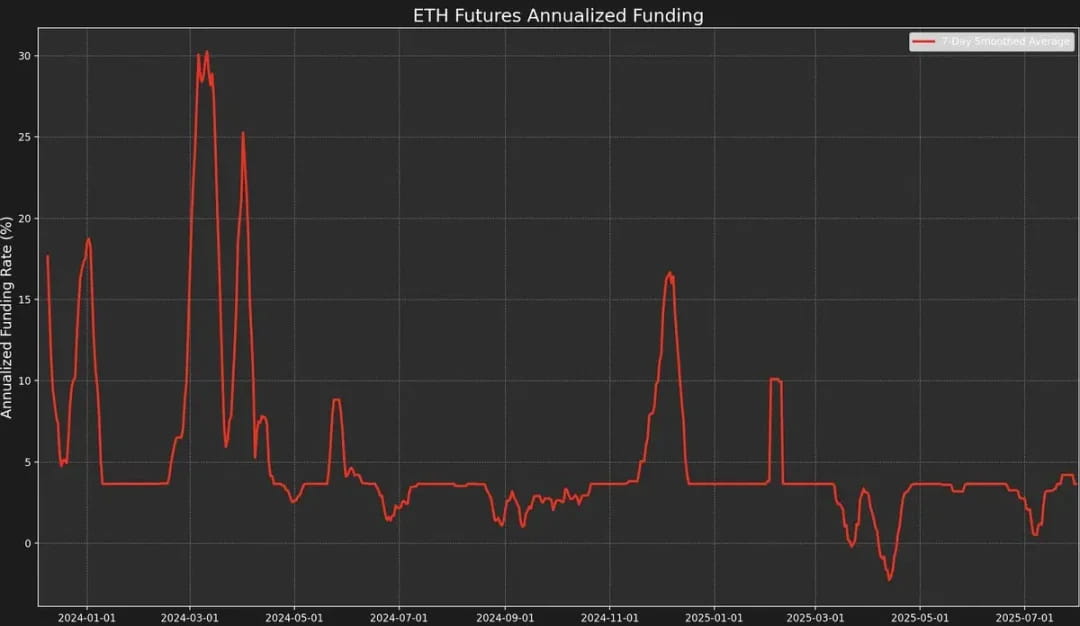
However, the funding rate is not always positive.
When market sentiment is bearish, increased short positions will cause the price of ETH perpetual contracts to drop below the mark price, leading the funding rate to turn negative.
For example, the recent AUCTION-USDT saw an 8-hour funding rate reach -2% (annualized at about 2195%) due to spot buying and perpetual contract selling creating a spot premium.
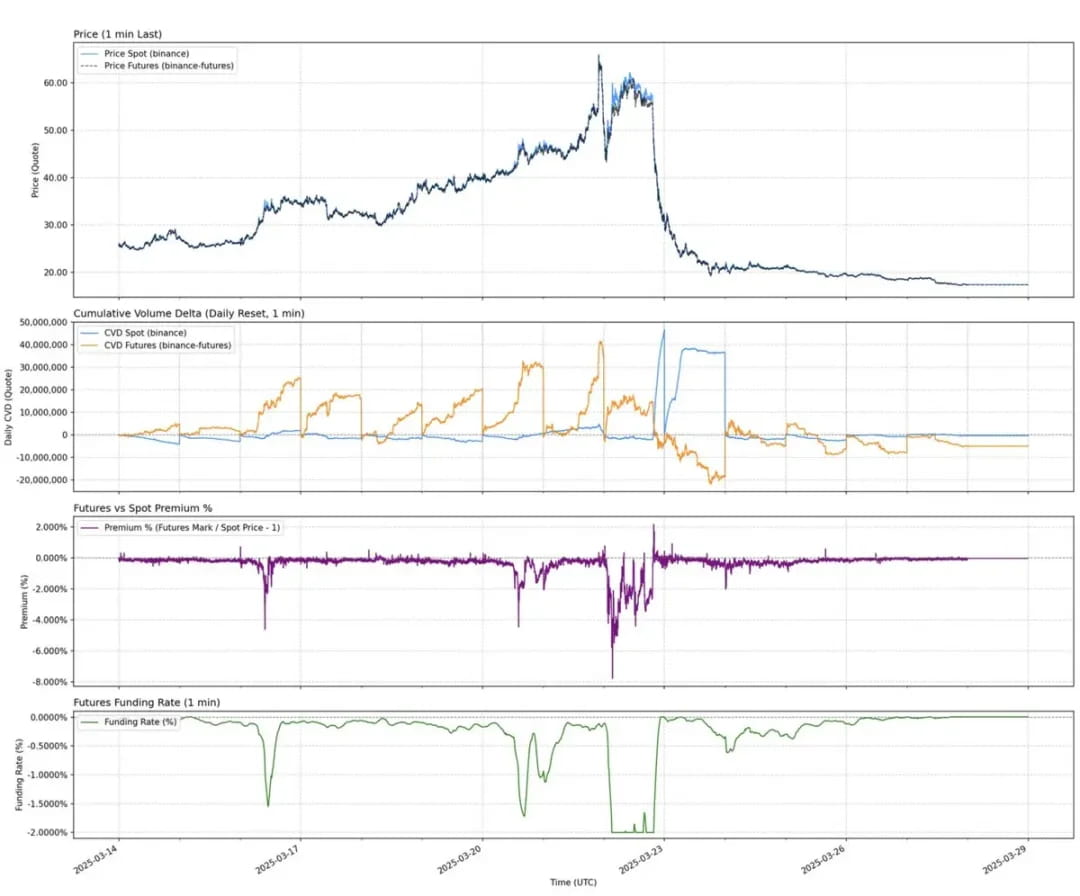
Data shows that from 2025 to the present, the annual yield of USDe is about 9.4%, but the standard deviation has also reached 4.4 percentage points. It is this severe yield volatility that has created an urgent market demand for a product with more predictable and stable yields.
Pendle's fixed income conversion and limitations
Pendle is an AMM (automated market maker) protocol that can split yield-bearing assets into two types of tokens:
Principal Token (PT): Represents the principal that can be redeemed on a specified future date. It trades at a discount, similar to a zero-coupon bond, and its price gradually returns to par value (e.g., 1 USDe) over time.
Yield Token (YT): Represents all future yields generated by the underlying asset before the maturity date.
Taking PT-USDe expiring on September 16, 2025, as an example, PT tokens usually trade below their face value (1 USDe), similar to zero-coupon bonds. The difference between the current price of PT and its face value (adjusted for remaining maturity) reflects the implied annualized yield (i.e., YT APY).
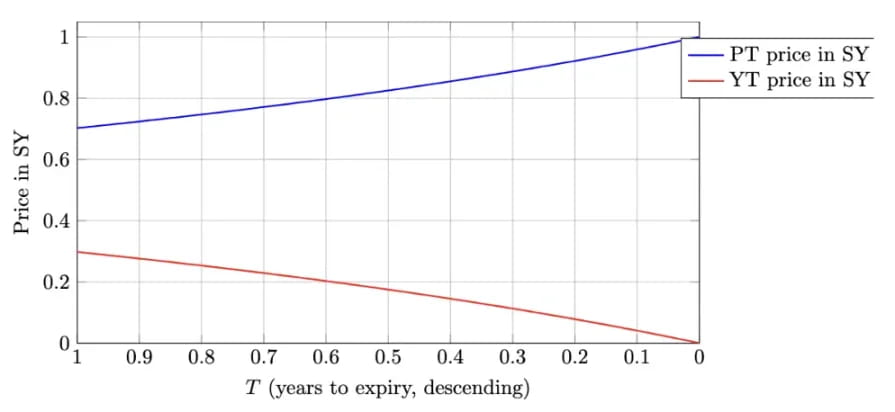
This structure provides USDe holders with the opportunity to hedge yield fluctuations while locking in a fixed APY. During periods of historically high funding rates, this method's APY can exceed 20%; currently, the yield is around 10.4%. Additionally, PT tokens can earn up to 25 times the SAT bonus from Pendle.
Pendle and Ethena have thus formed a highly complementary relationship. Currently, Pendle's total TVL is $6.6 billion, of which about $4.01 billion (about 60%) comes from Ethena's USDe market. Pendle addresses the yield volatility issue of USDe, but capital efficiency remains constrained.
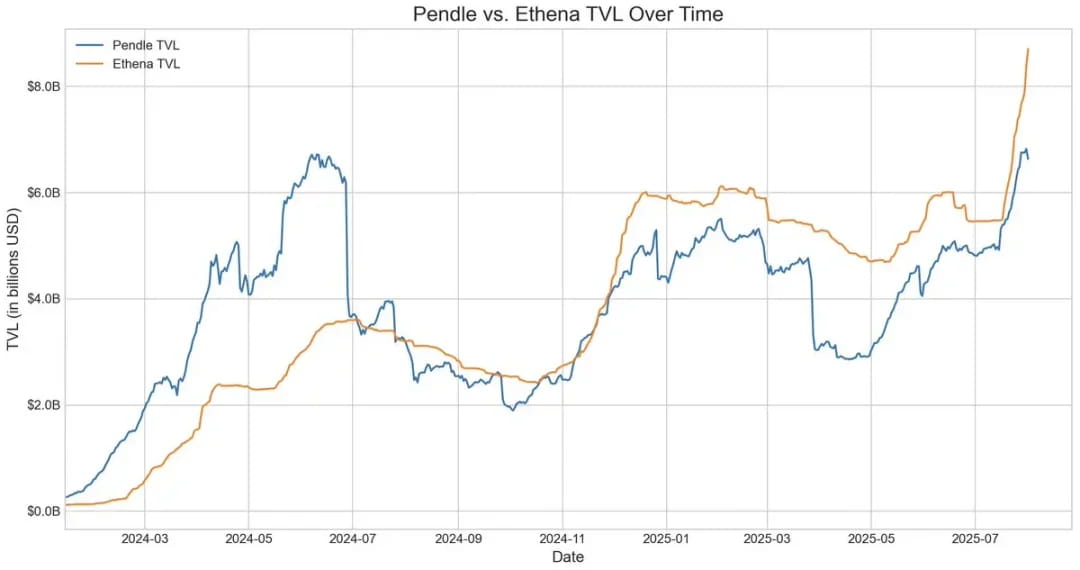
YT buyers can efficiently gain yield exposure, while PT holders must lock $1 of collateral for each PT token when shorting floating yields, limiting returns to a narrow spread.
Aave architectural adjustments: Clearing obstacles for USDe looping strategies
Recent architectural adjustments in Aave have enabled the rapid development of the USDe looping strategy.
Initially, after the risk assessment team pointed out the significant risk of massive liquidations due to price decoupling in sUSDe lending, Aave DAO decided to directly peg USDe's price to the USDT exchange rate. This decision nearly eliminated the primary liquidation risk that existed before, only retaining the inherent interest rate risk in arbitrage trades.

Secondly, Aave began to directly accept Pendle's PT-USDe as collateral. This change is more profound as it addresses two significant limitations: insufficient capital efficiency and yield volatility issues. Users can utilize PT tokens to establish fixed-rate leveraged positions, significantly enhancing the feasibility and stability of the looping strategy.
Strategy Formation: High-Leverage PT Loop Arbitrage
To improve capital efficiency, market participants began adopting leveraged looping strategies, a common arbitrage trading method that enhances returns through repeated borrowing and redepositing.
The operational process generally proceeds as follows:
Deposit sUSDe.
Borrow USDC at a 93% loan-to-value ratio (LTV).
Convert the borrowed USDC back to sUSDe.
Repeat the above steps to obtain approximately 10 times effective leverage.

This leveraged looping strategy has gained popularity across multiple lending protocols, especially in the USDe market on Ethereum. As long as the annual yield of USDe is higher than the USDC borrowing cost, the trade remains highly profitable. However, once yields plummet or lending rates surge, profits are quickly eroded.
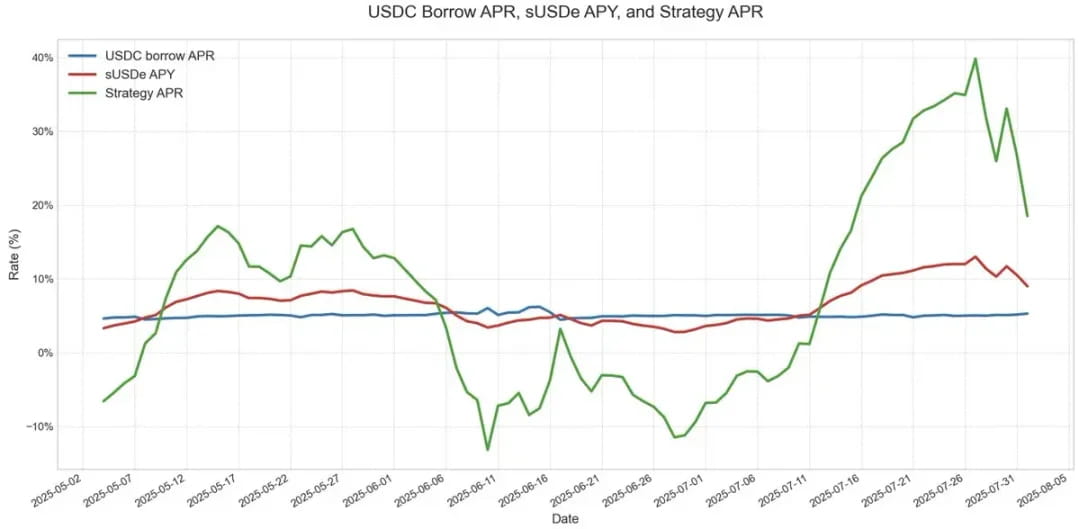
Previously, the key risk lay in the oracle design. Positions worth billions of dollars often rely on AMM-based oracles, making them very vulnerable to temporary price dislocations. Such events (as seen in the ezETH/ETH looping strategy) can trigger chain liquidations, forcing lenders to sell collateral at significant discounts, even if the collateral itself is fully supported.
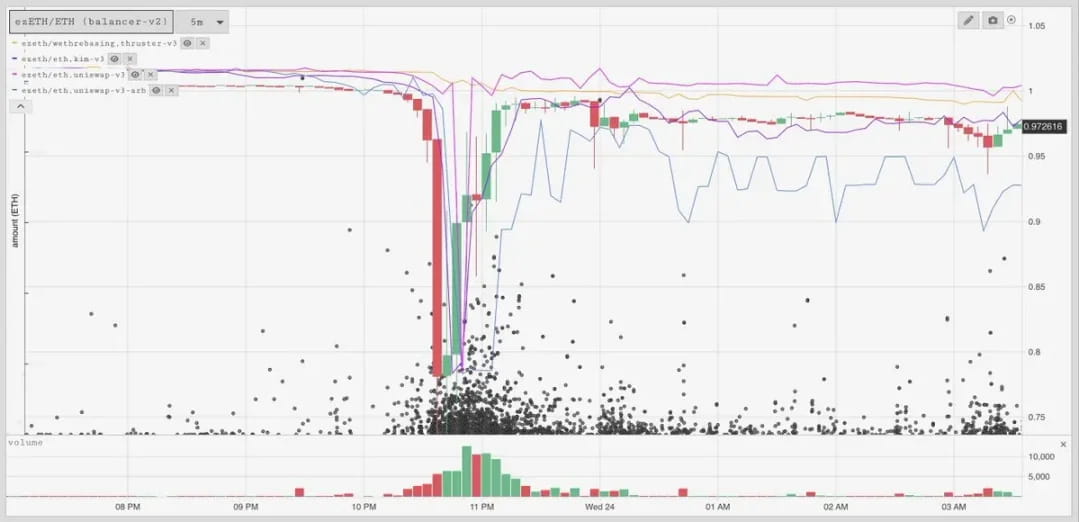
PT collateral pricing and arbitrage opportunity
When pricing PT collateral, Aave adopted a linear discount model based on the implied APY of PT and pegged to USDT. Similar to traditional zero-coupon bonds, Pendle's PT tokens gradually approach par value as the maturity date nears. For example, in PT tokens expiring on July 30, this pricing model clearly reflects the process of its price approaching 1 USDe over time.

Although the price of PT does not perfectly correspond to its face value of 1:1, market discount fluctuations still affect pricing. However, as the maturity date approaches, its yield becomes increasingly predictable. This closely resembles the stable value appreciation pattern of zero-coupon bonds before maturity.
Historical data shows that the appreciation of the PT token price relative to the USDC borrowing cost has created a significant arbitrage opportunity. The introduction of leveraged loops has further amplified this profit margin, yielding approximately $0.374 for every $1 deposited since last September, with an annualized return rate of about 40%.
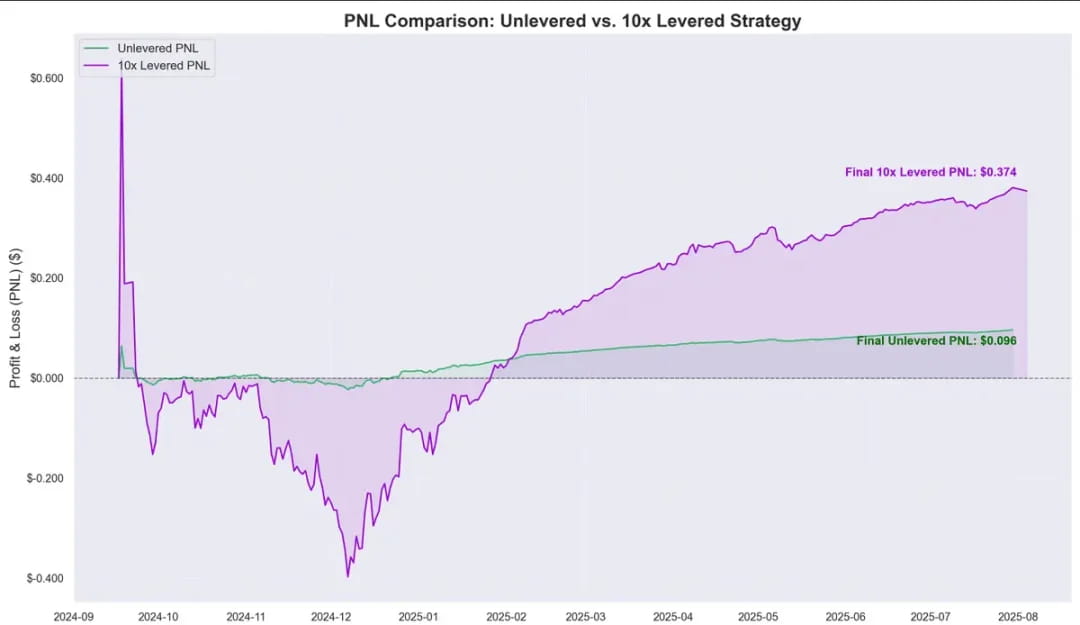
This raises a key question: Is this looping strategy equivalent to risk-free yield?
Risk, interlinkage, and future outlook
Historically, Pendle's yields have significantly exceeded borrowing costs, with the average spread without leverage being around 8.8%. Under Aave's PT oracle mechanism, liquidation risks are further reduced. This mechanism has a bottom price and a kill switch. Once triggered, the LTV (loan-to-value ratio) will immediately drop to 0, freezing the market to prevent bad debt accumulation.
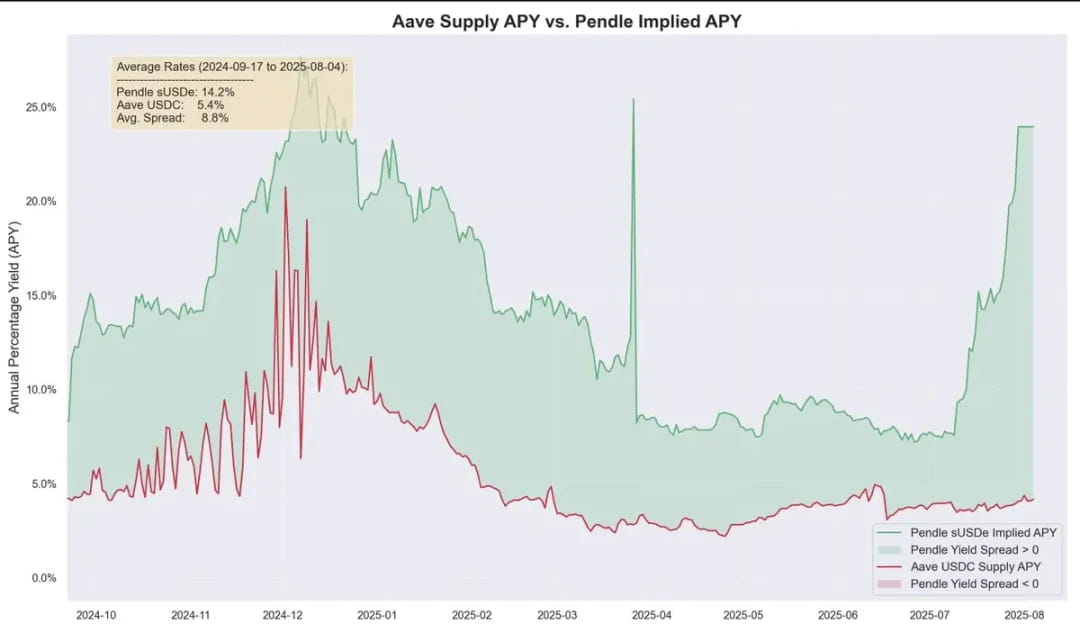
Taking Pendle's PT-USDe September expiration product as an example, the risk team set an initial discount rate of 7.6% annually for its oracle, allowing a maximum discount of 31.1% under extreme market pressure (circuit breaker threshold).
The diagram below shows various safe LTVs (calculated such that once the discount reaches the kill switch lower limit, liquidation is effectively impossible, ensuring that PT collateral remains above the liquidation threshold).
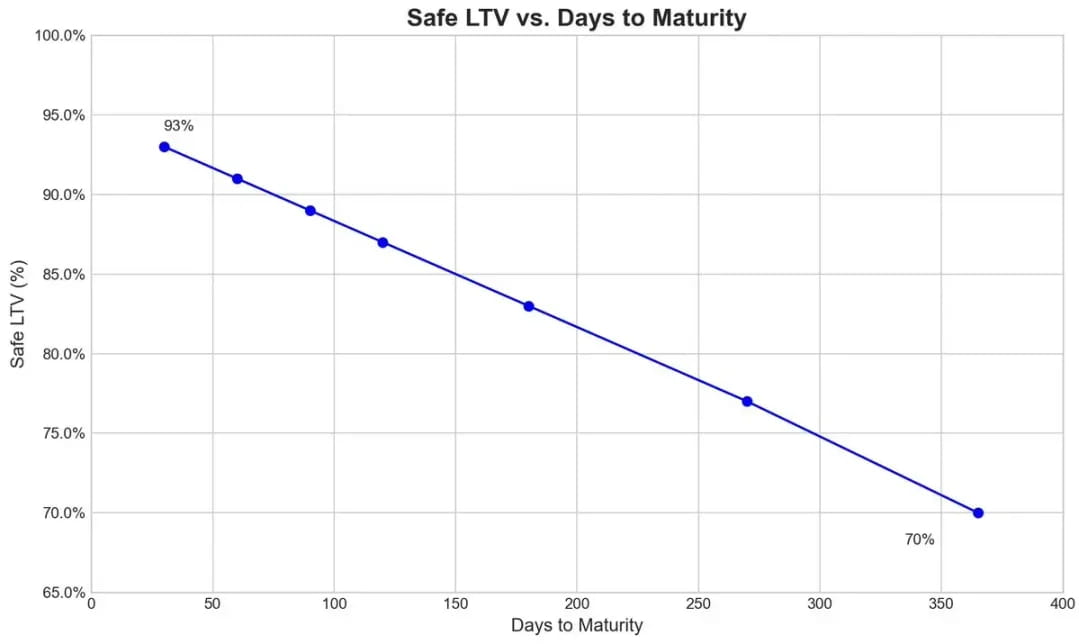
Interconnection of the ecosystem
As Aave underwrites USDe and its derivatives at par with USDT, market participants can execute looping strategies on a large scale, but this also tightly links the risks among Aave, Pendle, and Ethena. Each time the collateral supply limit is increased, the liquidity pool is quickly filled by looping strategy users.
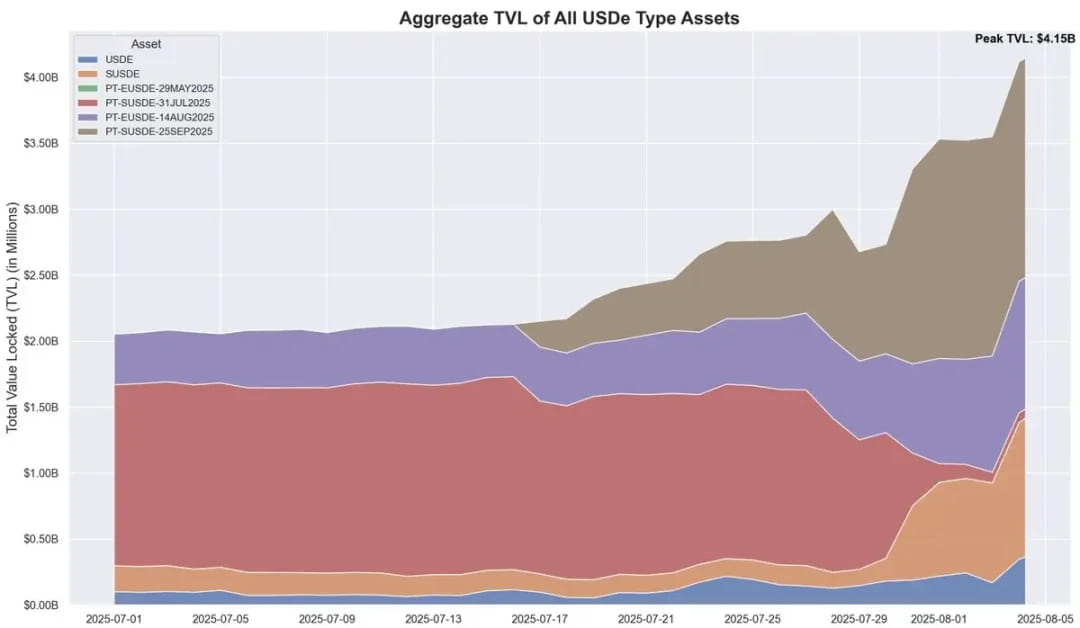
Currently, Aave's USDC supply is increasingly supported by PT-USDe collateral, while looping strategy users borrow USDC and then invest in PT tokens, structurally making USDC similar to senior debt: its holders earn a higher APR due to high utilization and are largely insulated from bad debt risks, unless extreme bad debt events occur.
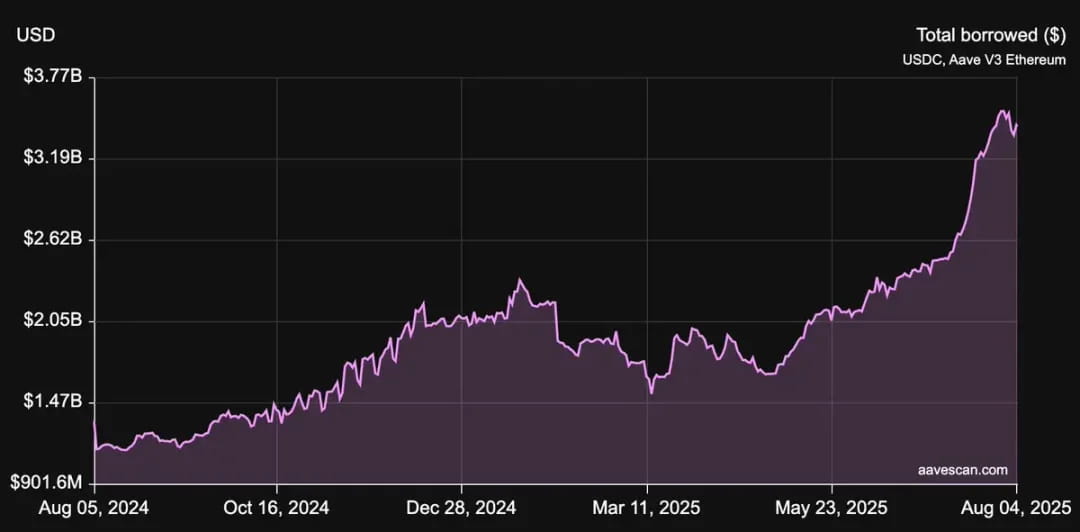
Scalability and ecological yield distribution
Whether this strategy can continue to expand in the future depends on Aave's willingness to continuously raise the collateral limit for PT-USDe. The risk team currently leans towards frequently increasing the limit, such as proposing an additional $1.1 billion increase, but is constrained by policy regulations that prevent each increase from exceeding twice the previous limit and require intervals of more than three days.
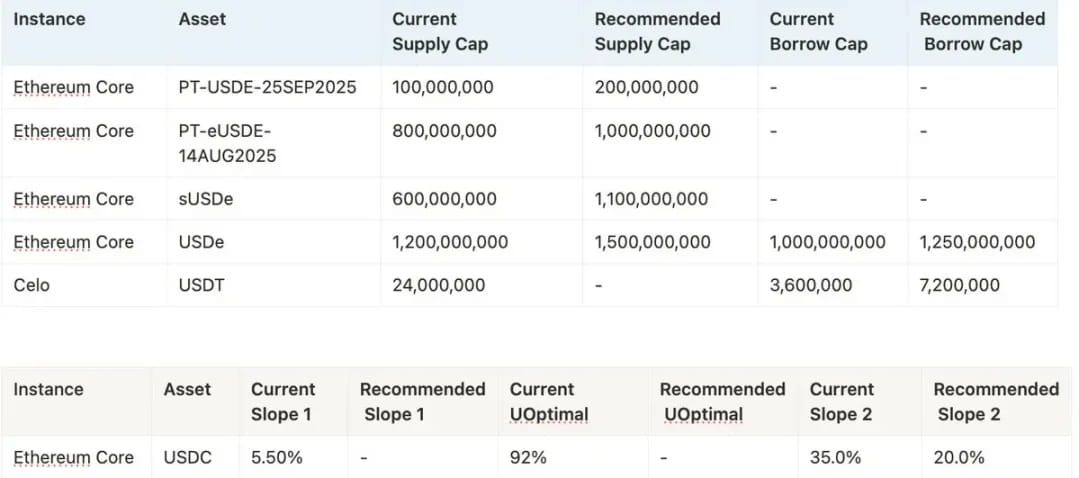
From an ecological perspective, this looping strategy brings returns to multiple participants:
Pendle: Charges a 5% fee from the YT side.
Aave: Takes a 10% reserve from USDC borrowing interest.
Ethena: Plans to take about a 10% share after launching the fee switch in the future.
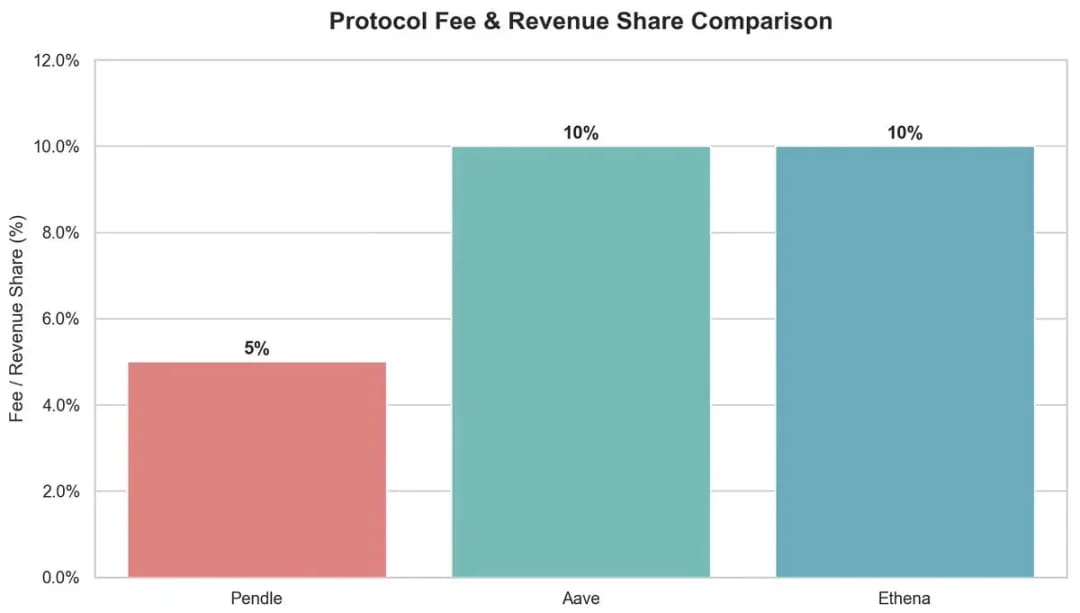
Overall, Aave provides underwriting support for Pendle PT-USDe by pegging to USDT and setting discount limits, allowing the looping strategy to operate efficiently and maintain high profits. However, this high-leverage structure also brings systemic risks, where issues on any side could generate interlinkage effects among Aave, Pendle, and Ethena.
